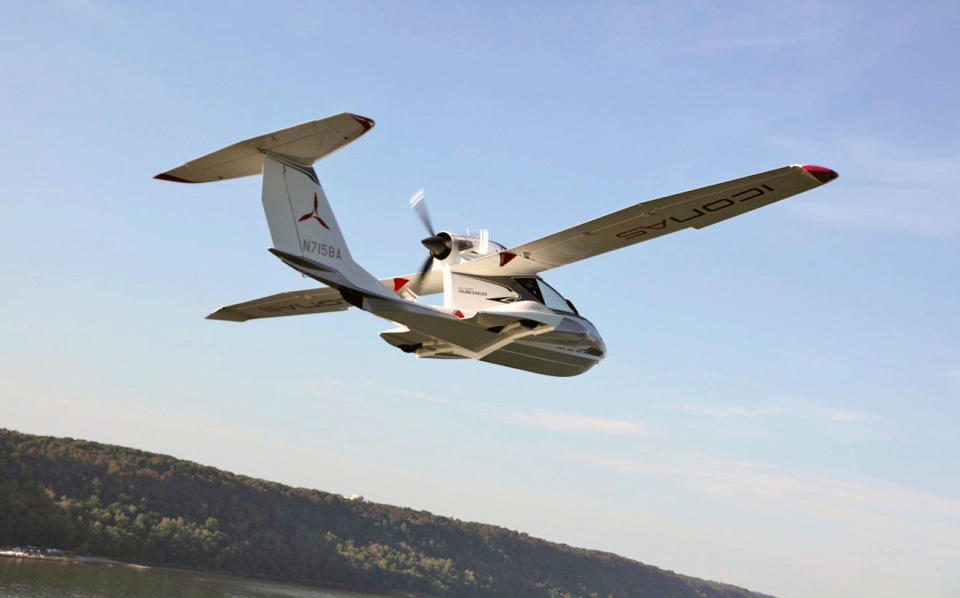Pilot error caused fatal Icon A5 plane crash, NTSB says
The aircraft entered a canyon at too low an altitude.
The US National Transportation Safety Board (NTSB) has determined that the Icon A5 crash that killed two Icon employees was caused by pilot error and not a problem with the aircraft. The final determination was a "failure to maintain clearance from terrain while maneuvering at a low altitude," the report states. The situation was caused by a "mistaken entry into a canyon surrounded by steep rising terrain while at a low altitude for reasons that could not be determined."
A witness said the amphibious plane was flying low over a lake "and entered a nearby cove, which was surrounded by rising terrain on either side ... [when] he heard the engine 'rev up and accelerate hard.'" He heard the sound of an impact shortly after losing sight of the plane. "It is likely that the pilot mistakenly thought the canyon he entered was a different canyon that led to the larger, open portion of the lake," the NTSB wrote.
The accident is tragic and Icon mourns the loss of two employees, but the finding shows there's nothing wrong with the plane itself. Buyers can thus feel safe, and the Federal Aviation Administration (FAA), which recently certified the A5 in the light-sport category, can be satisfied with its decision.

The amphibious aircraft, which Engadget's Chris Velazco had the chance to fly a couple years ago, is unique for its relatively low price ($250,000), great looks, complete airplane parachute (CAP, above), foldable wings and land or sea capability. Unlike most private airplanes, the built-in pontoons let you take it onto small lakes, opening up a lot more places to use it. At the same time, you can cruise at a respectable 95 mph, not bad for a seaplane powered by a 100 horsepower Rotax motor.
The aircraft has numerous safety features besides the parachute, including an angle-of-attack gauge to help pilots avoid loss-of-control stalls, and a spin-resistant, composite airframe. Nevertheless, learning to pilot on water is a challenge and light-sport pilots can fly after training for fewer hours than fully certified private pilots (20 hours compared to around 40 hours).
Rising terrain accidents are one of the most common accidents in light aircraft, and usually result in fatalities. However, they usually happen when pilots blunder into inclement weather conditions. In this case, the weather was clear, and it seems like a very unfortunate case of mistaken knowledge about the lay of the land.




